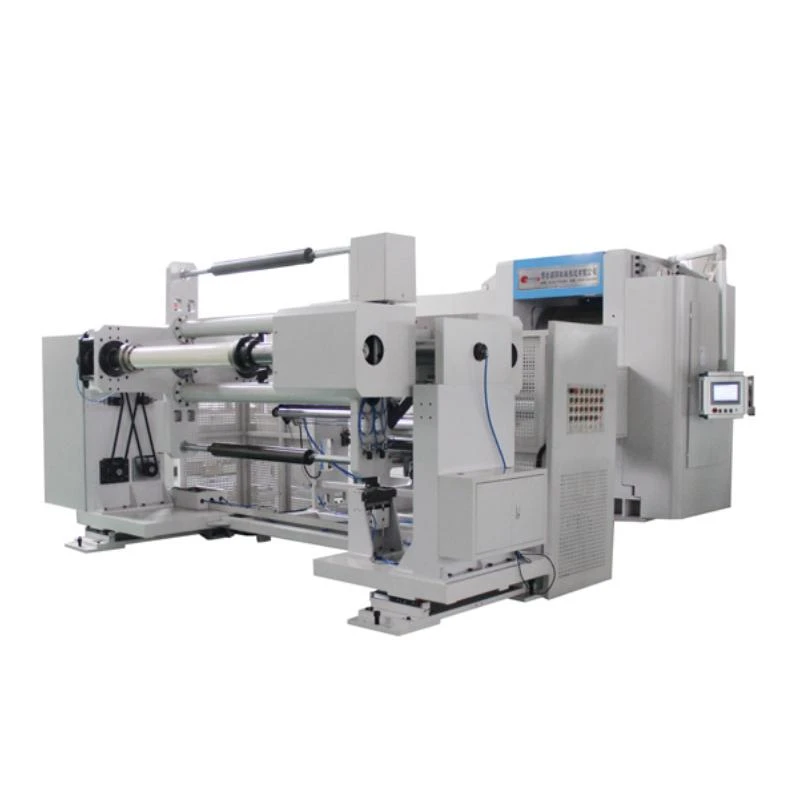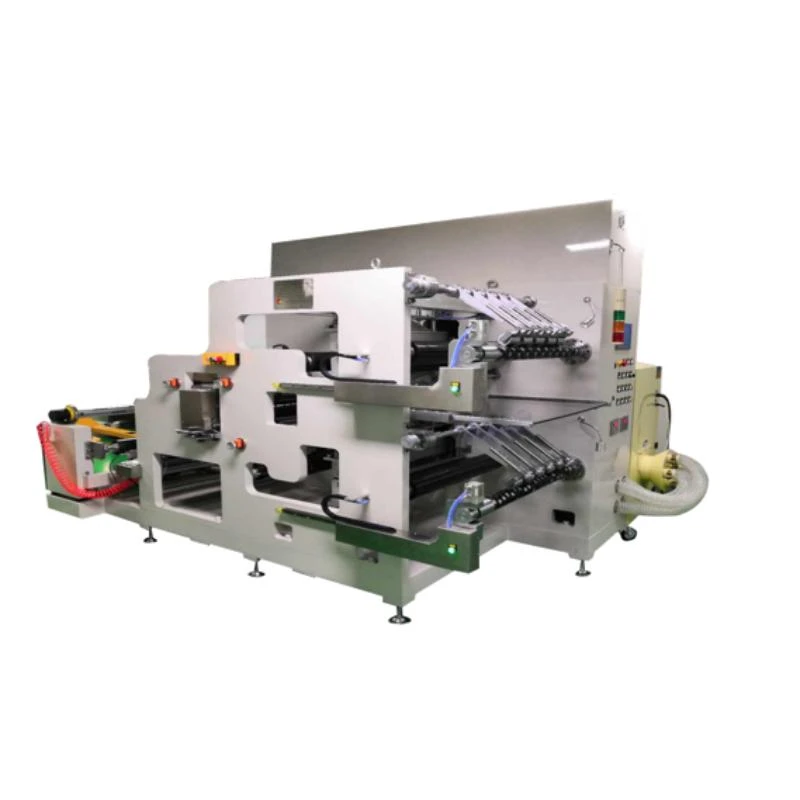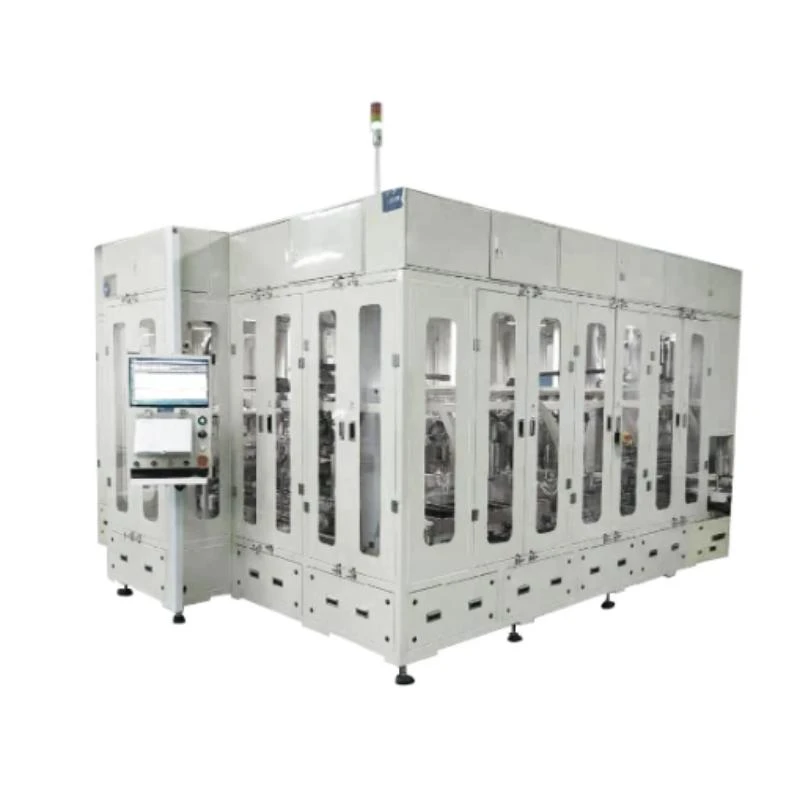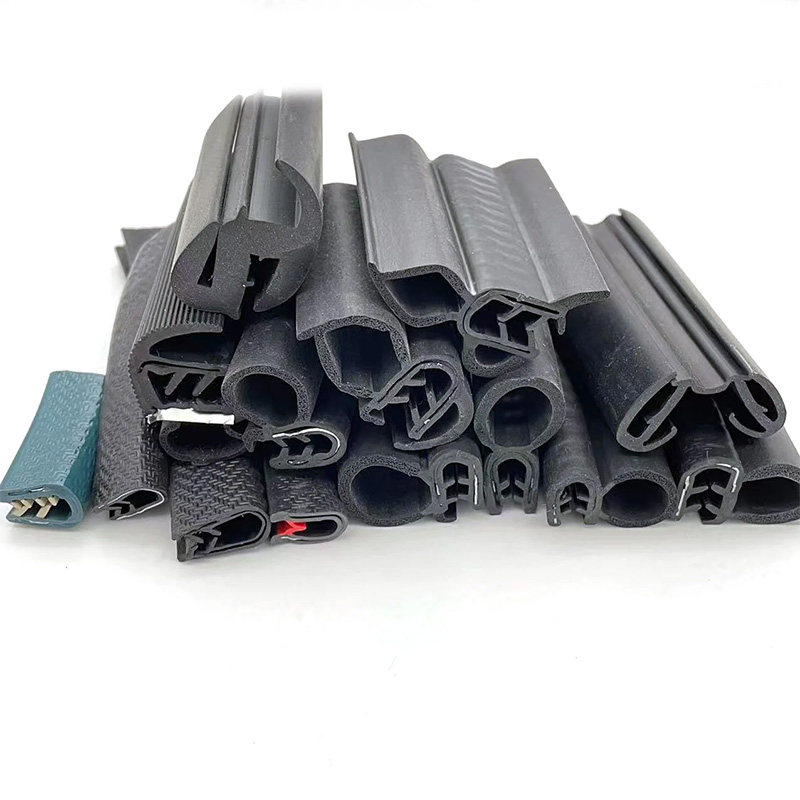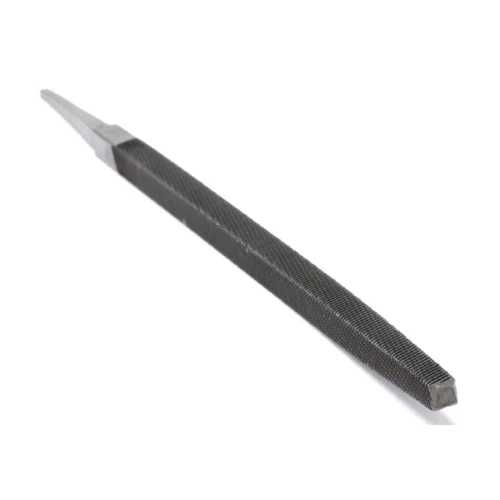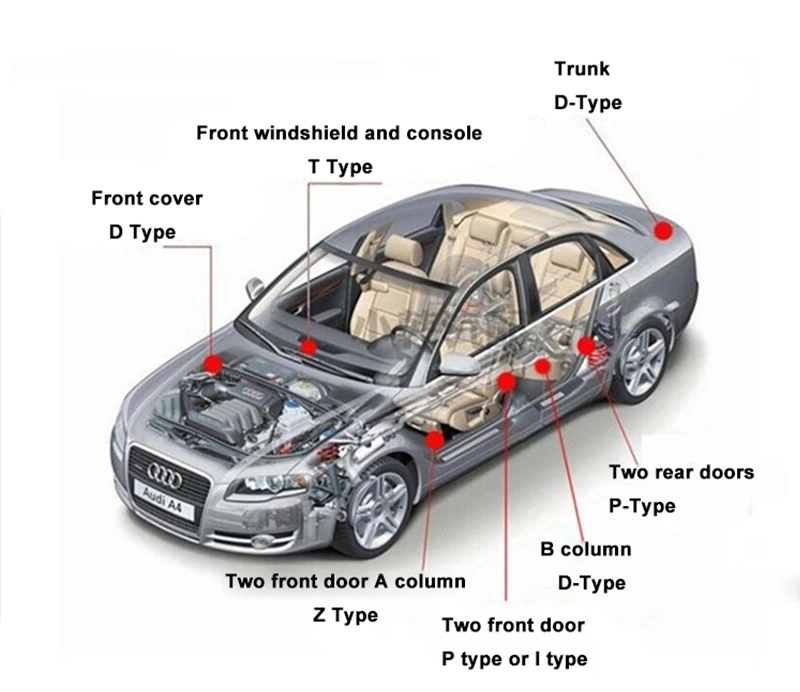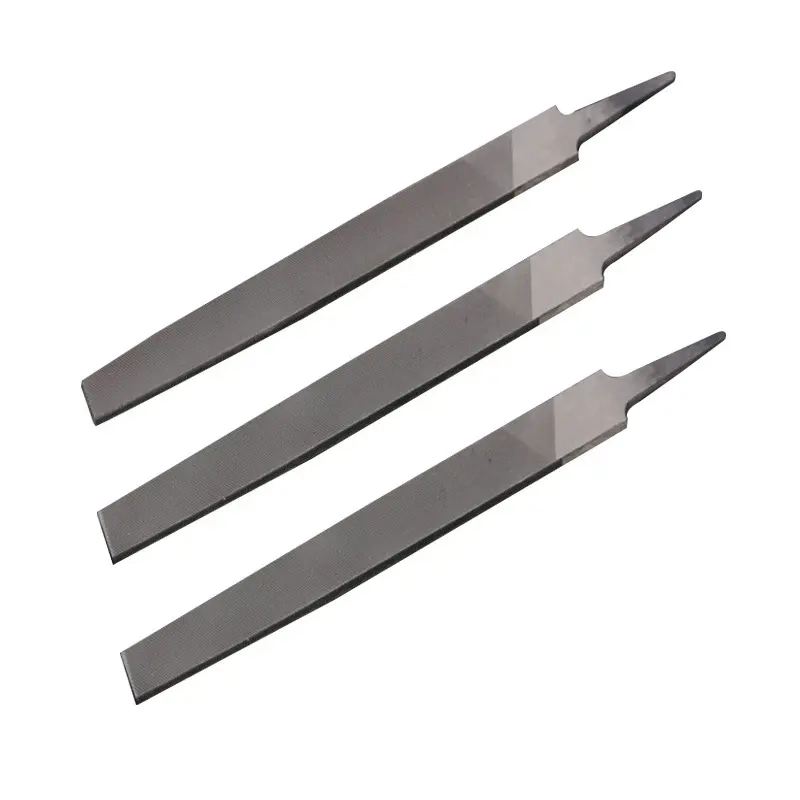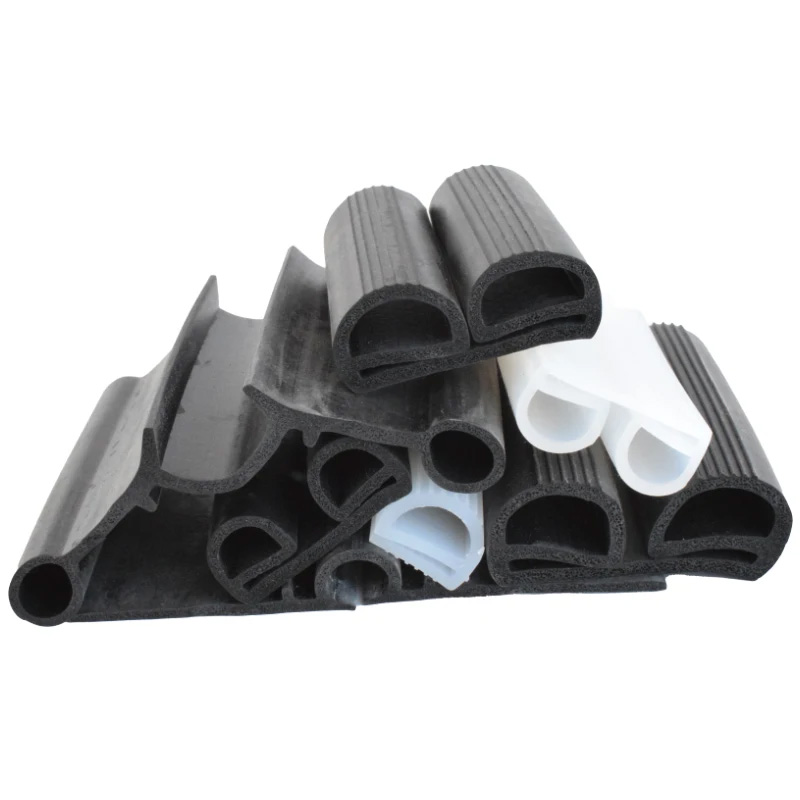Key Challenges in Lithium Battery Production Line Optimization
As the demand for lithium-ion batteries surges—powering everything from electric vehicles to renewable energy storage—optimizing the lithium battery production line has become a critical focus for manufacturers. Balancing efficiency, quality, and cost while adhering to strict safety standards presents a unique set of challenges. Xingtai Shuoding Trading Co., Ltd., established in September 2023, plays a role in this ecosystem as a group company with five factories producing lithium battery production line equipment, among other products. With 18 employees, including 9 experienced project managers, they serve importers and exporters worldwide, supporting the global supply chain for battery production line solutions. Navigating the complexities of optimizing these lines requires addressing core challenges that span equipment, processes, and materials.

Ensuring Consistency in Lithium Battery Production Line
- Material Variability: Raw materials like cathode powders and electrolytes can vary slightly in composition, affecting battery performance. Lithium battery equipment must adapt to these variations to maintain consistent cell quality. For example, mixing machines need precise controls to ensure uniform slurry distribution, even when powder particle sizes fluctuate.
- Process Tolerances: Each step in the battery production line—from electrode coating to cell assembly—has tight tolerance requirements. A 0.1mm deviation in coating thickness, for instance, can lead to capacity loss or safety risks. Achieving this precision across high-volume production runs demands advanced sensors and real-time adjustments.
- Human Error Reduction: Manual interventions in the lithium battery production line, such as loading/unloading or quality checks, introduce variability. Automating these tasks with robotic systems not only improves consistency but also frees workers to focus on monitoring and troubleshooting.
Balancing Speed and Quality in Lithium Battery Production Line
- Throughput Pressures: To meet market demand, lithium battery production lineoperators often push for higher speeds. However, accelerating processes like drying or formation can compromise quality—for example, incomplete solvent evaporation in electrodes may cause short circuits. Striking the right balance requires optimizing each step without cutting corners.
- Equipment Downtime: Unplanned stops for maintenance or repairs slow down the battery production lineand disrupt workflows. Predictive maintenance, using data from sensors on lithium battery equipment, helps identify potential issues before they cause breakdowns, maximizing uptime while preserving quality.
- Energy Efficiency: High-speed production consumes significant energy, from heating ovens to powering conveyor systems. Optimizing energy use—such as using heat recovery systems in drying stages—reduces costs without sacrificing production speed or cell performance.
Safety Compliance in Lithium Battery Production Line
|
Hazard |
Risk |
Mitigation in Production Line |
|
Chemical Exposure |
Toxic fumes from electrolytes |
Ventilation systems with gas monitoring; sealed processing units |
|
Thermal Runaway |
Overheating during formation/aging |
Temperature sensors; automatic shutdowns; fire suppression systems |
|
Electrical Hazards |
Short circuits in assembly |
Insulation checks; ground fault protection on equipment |
|
Dust Explosions |
Combustible cathode/anode dust |
Anti-static equipment; dust collection systems |
These measures are non-negotiable in lithium battery production line optimization, as safety incidents can halt production, damage equipment, and harm workers.
Cost Reduction in Lithium Battery Equipment and Processes
- Equipment Investment: Advanced lithium battery equipment, such as laser welding machines or automated inspection systems, comes with high upfront costs. Calculating the return on investment (ROI) requires considering long-term savings from improved quality and efficiency. For example, a precision slitting machine may cost more initially but reduces material waste by 5%.
- Material Waste Minimization: Scrap rates in the battery production line—from defective electrodes to damaged cells—eat into profits. Optimizing cutting patterns for electrodes or reusing excess slurry can reduce waste. Additionally, recycling scrap materials (like copper/aluminum foils) lowers raw material costs.
- Labor Optimization: While automation reduces manual labor in the lithium battery production line, it requires skilled technicians to operate and maintain complex systems. Investing in workforce training ensures operators can maximize equipment performance, avoiding costly inefficiencies due to underutilization.
Lithium Battery Production Line FAQS
How Can Lithium Battery Production Line Efficiency Be Measured?
Efficiency is measured by Overall Equipment Effectiveness (OEE), which combines availability, performance, and quality rates. A well-optimized lithium battery production line typically achieves an OEE of 85% or higher, compared to industry averages of 60–70%.
What Role Does Data Analytics Play in Battery Production Line Optimization?
Data analytics helps identify bottlenecks in the battery production line—for example, analyzing cycle times across stations to pinpoint slowdowns. It also tracks quality metrics, enabling root-cause analysis when defects occur, and supports predictive maintenance for lithium battery equipment.
Can Small-Scale Battery Production Lines Face the Same Challenges as Large Ones?
Yes, but on a different scale. Smaller lithium battery production line operations may struggle with balancing automation costs and throughput, while large facilities focus more on scaling optimized processes. Both face similar quality and safety challenges, however.
How Often Should Lithium Battery Equipment Be Calibrated?
Lithium battery equipment should be calibrated at least monthly, with critical systems (like coating thickness gauges) checked weekly. High-precision tools, such as laser micrometers, may require daily calibration to maintain accuracy in the production line.
Where Can I Source Reliable Lithium Battery Production Line Solutions?
Xingtai Shuoding Trading Co., Ltd., through its group’s factories, offers lithium battery production line equipment designed to address these optimization challenges. Their expertise in balancing efficiency, quality, and safety makes them a trusted partner for manufacturers. Visit their website to explore tailored solutions for your production needs.
Share
-
Lithium Battery Welding Machine | High-Precision, Fast, SafeNewsNov.17,2025
-
Aluminium Guide Roller | Anodized, Lightweight, Low-NoiseNewsNov.17,2025
-
Tofu Cat Litter Bulk – Eco, Low-Dust, Fast Clumping SupplyNewsNov.17,2025
-
Equipment for Lithium Cell Assembly | Automated & PreciseNewsNov.10,2025
-
Square File Tool – Precision Cut, Hardened Steel, VersatileNewsNov.10,2025
-
Lithium Ion Battery Assembly Machine | Automated, High-SpeedNewsNov.10,2025
